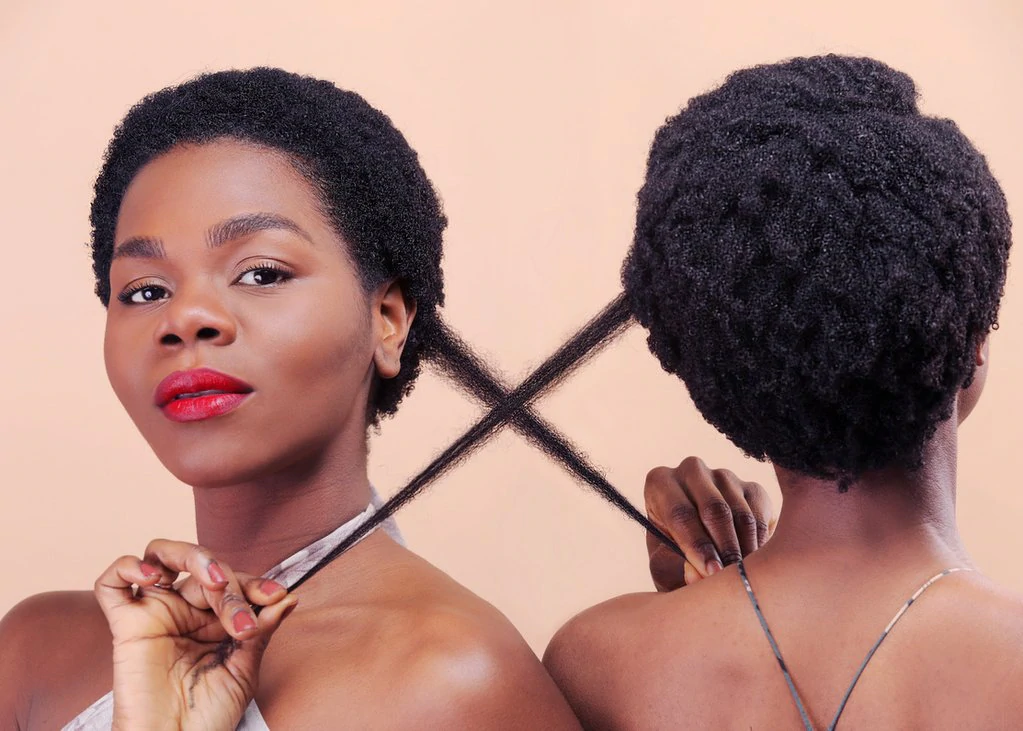
How to Perfectly Style Long Hair with a Wig
Introduction Long hair is often seen as a symbol of beauty and femininity. However, there may be occasions when you want to switch up your

Introduction Long hair is often seen as a symbol of beauty and femininity. However, there may be occasions when you want to switch up your

Introduction Afro-textured hair is incredibly diverse and beautiful, but it requires specific care and attention to maintain its health and vitality. Whether you’re a proud

How to have long hair for African black women? 7 easy steps to grow long hair as a black African woman How to have long hair

Introduction Having frizzy hair can be a daily struggle. Still, with the proper knowledge and care, you can transform your frizzy locks into beautiful and

Frizzy hair can be a challenge to manage, but with the right techniques and care, you can promote healthy and vibrant frizzy hair growth. Whether

Afro hair, also known as natural or kinky, is a beautiful and unique hair type that requires special care and attention to promote healthy growth.